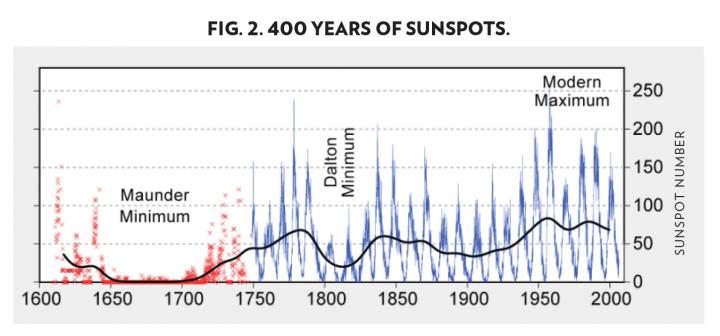
Sun and Earth Moving in Opposite Directions?
ADVERTISEMENT
Planning an outside party evening of March 31
A great job by the Almanac staff on this issue. Yes, the earth is definitely warming and 2017 becomes another year of above average temperatures. But the Almanac is the only source I know talking about the effect low sunspot activity is likely to have to temporarily offset some of the warming. Fascinating stuff and thank you.
A fellow in Urbana, IL went through local temperature records covering 1914-1964. These temps had been measured 3 feet down in the soil and the air temp by the local university. He found a 1.4F increase in average temperatures. It has continued through today.
The excess CO2 in the atmosphere will exacerbate this warming trend in the next 100 years, causing the temp to increase more than normal.
So the overall warming is a normal cycle but the warming will be increased by CO2 blocking the normal radiation of heat from the earth into space.
I cannot believe the level of tripe I am reading in this comments section! From rad this and next level that and the "deep state" sending hurricanes to specific places and directing weather catastrophes to California! Get a job, buy a book, and try educating yourself instead of wallowing in whatever nonsense you are buying into on Facebook. You've done nothing but enrich Mark Zuckerberg, that little weasel.
Everything that's happening, has got to come to pass,yes we as a whole do make some things worse,but the bible has to full fill,Jesus is soon to come !!!
Amen









Comments